This month audiences can screen A Broken Star on the Planet Classroom Network. This film is curated for the Planet Classroom Network by Planet Classroom.
A Broken Star is an animated short film by Ejun Hong about a star that learns to shine again by reaching out to a lonely child that made a wish upon it. The film emphasizes the importance of supporting others even when we ourselves are struggling, and how by assisting others we can also help ourselves.
Hong’s gorgeous animations use rich colors, contrasting textures, and gentle lighting to create the film’s dreamlike atmosphere and inspire feelings of nostalgia and warmth.
The Global Search for Education is pleased to welcome Ejun Hong.
We love this film. What made you choose stars to represent struggling people?
A Broken Star is a story about a broken star reaching out to a heartbroken child to love himself again, and as a result, regaining its ability to shine. It’s a film that I created during the times of struggles due to unidentifiable eye disorder to heal myself and those in similar circumstances as I was in. During that time, I often compared myself to others and was nervous because I felt like others were becoming a ‘shining star’ while I stayed in the same place. However, later on, I realized that the most important thing is loving myself and sharing love with others. Therefore, I chose stars to represent struggling people in order to deliver a message that “A true star is not a star that only shines for itself, but a star that truly loves itself and shares love with others to shine together.”
You said you created this film during times of struggle. Would you mind elaborating on the difficulties that inspired you to make this film?
I started 2018 thinking that it would be the beginning of an exciting new chapter of my life. I had just been accepted to the most selective high school in South Korea, the school I had dreamt of entering since I was 12. Little did I know, I had just imprisoned myself in a narrative loop in which I would spend night and day studying like a mindless machine. I gradually lost control of my narrative and succumbed to peer pressure and the expectations of my teachers. This led to a development of an unidentifiable eye disorder and my ophthalmologist eventually recommended that I take a break. So after a year of being trapped in this loop, I put an end to this chapter.
The next chapter, my time for recovery and self-reflection, took place in Bratislava, Slovakia. During the first few months, I experienced and captured the beauty of Bratislava and its nearby cities with my camera. All the while, however, I was deeply concerned about falling behind my peers and stressed about my health. One day, outside my apartment, I found a lone two-leaf clover sticking out of the pavement that reminded me of my isolation and despair. But at the same time, I was surprised that the clover was able to grow so firmly despite the surrounding environment working against its survival. I then thought it would be interesting to create a story inspired by this clover. Consequently, I established a narrative and drew countless storyboards, bringing back my long-held passion for animated films. After teaching myself the necessary tools, I produced A Broken Star. Working on this film turned out to be the medicine I needed at the time, as it helped me feel much better about myself and regain my lost confidence.
A Broken Star conveys much of its story through its gorgeous artwork. Could you share some insights into your creative process? How did you land on this specific design style, and what does the style represent to you in the context of the film?
For A Broken Star, I used various textures, vibrant color, tone contrast, and symbols to not only create dreamlike scenery but also to encompass the characteristics of sadness, confusion, hope, and happiness in the film. For instance, by using various symbols, such as two-leaf clover, Bratislava old town, bird, and flowers, I incorporated my surroundings and my experience into the animation. Also, by using vibrant colors and tone contrast, I tried to emphasize the contrast of hope and happiness in the film. As this film does not use any dialogue, I tried to convey a wide set of emotions through the use of detailed animated motions, sound editing, and design. As an artist, I always try to think about the meanings behind the design to convey the message I wanted to deliver to the audience.
What difficulties did you experience creating this unique animation?
Since this was my first animated film, I had to teach myself the necessary tools for and the process of producing an animated film. Therefore, I encountered some technical difficulties during the production. However, I was able to overcome the difficulties by experimenting and learning new skills through tutorials available online.
What do you hope your audience will take away from your wonderful story?
Through this film, I wanted to tell the audience to love themselves and share love with others.
Thank you Ejun!
C.M. Rubin with Ejun Hong
Don’t Miss A Broken Star on the Planet Classroom Network. This film is curated for the Planet Classroom Network by Planet Classroom.

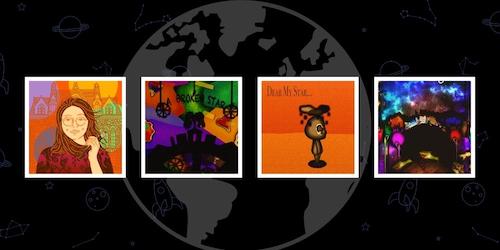
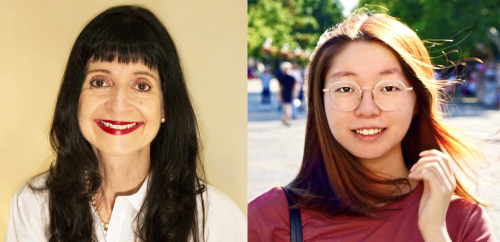
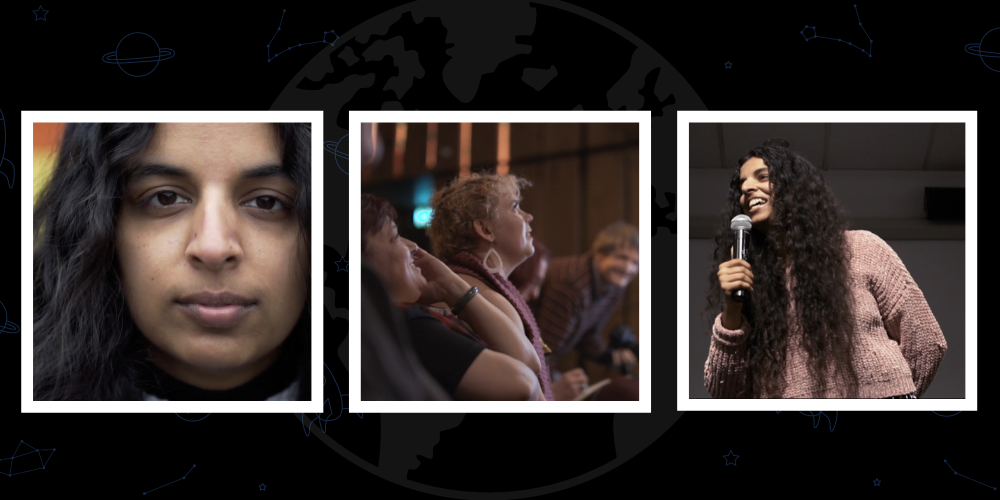

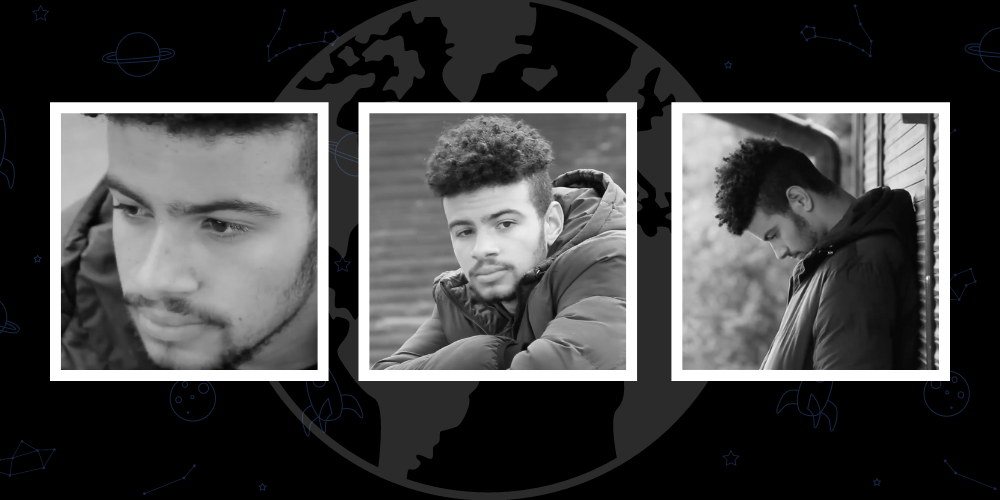
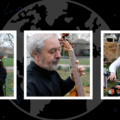
Recent Comments